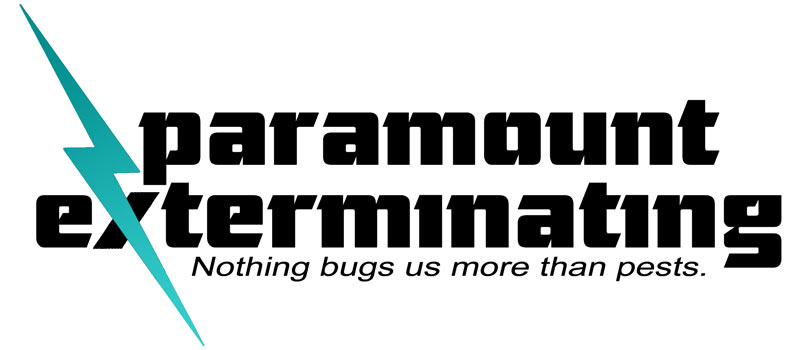 Facts: Geese
Facts: Geese
Appearance: Despite the variety of Canadian Geese sub-species, they are all very similar in appearance. Geese are large birds, generally varying in size from two to three feet long, with brown or grey colored bodies and black colored necks and feet. Their beaks are also dark in color, with white markings on either side of the face.
Habit: Geese are generally migrating birds, traveling to warmer climates when the weather gets cold, but urbanization is changing that. Geese are now more frequently staying in one location year-round, adapting to the much simpler lifestyle with no issue. Areas like country clubs and golf courses are being plagued by these large birds due to the abundance of edible grass, foliage, and bodies of water. These locations provide Geese with a perfect home where they have available food year-round. The mild winters that we have had in the recent past have also allowed these birds to stay in one location without the need to migrate. This has led to a great increase in the number of Geese in the state of New Jersey, making them a common nuisance at residential homes, commercial businesses, on college campuses, and at sports complexes. Geese generally nest near bodies of water, especially those with nearby foliage which they use as both a food source and protective area. Geese are also aggressive, especially when it comes to protecting an area that they consider to be theirs. As a result, humans and animals alike have been attacked or harmed by them as a result of getting too close to their nesting sites or young.
Health/Damage Concerns: Geese can cause damage in a variety of ways, from trampling and eating crops, to damaging lawns and attacking people and animals they consider predators. While the structural and monetary damage created by pigeons usually out ways that of Canadian Geese, the damage to people lawns and commercial properties are in-measurable. They are also known to damage water sources like lakes, ponds, and reservoirs with their feces, and are one of the leading birds responsible for aircraft-bird collisions around the world.
Diet: Plants and vegetation; they primarily feed on available grasses and foliage that are found near their nesting area.
Reproduction: Geese mate during a month long mating season that takes place during the Spring. A female will generally lay one egg every two days. Geese are monogamous for their entire lives, unless their mate dies, at which point they will seek out another mate.
Our Services
We have been providing pest control solutions for New Jersey homes and businesses for over 80 years. Trust a company with the experience and knowledge to get the job done right.
Click below for more information on our pest control services.
Click HERE For A Free Estimate!
With a free estimate from one of our experienced professionals, you learn about all of the benefits of Paramount’s services. We will work with you to design a specialized program specific to your needs! Call or click for a free estimate.




